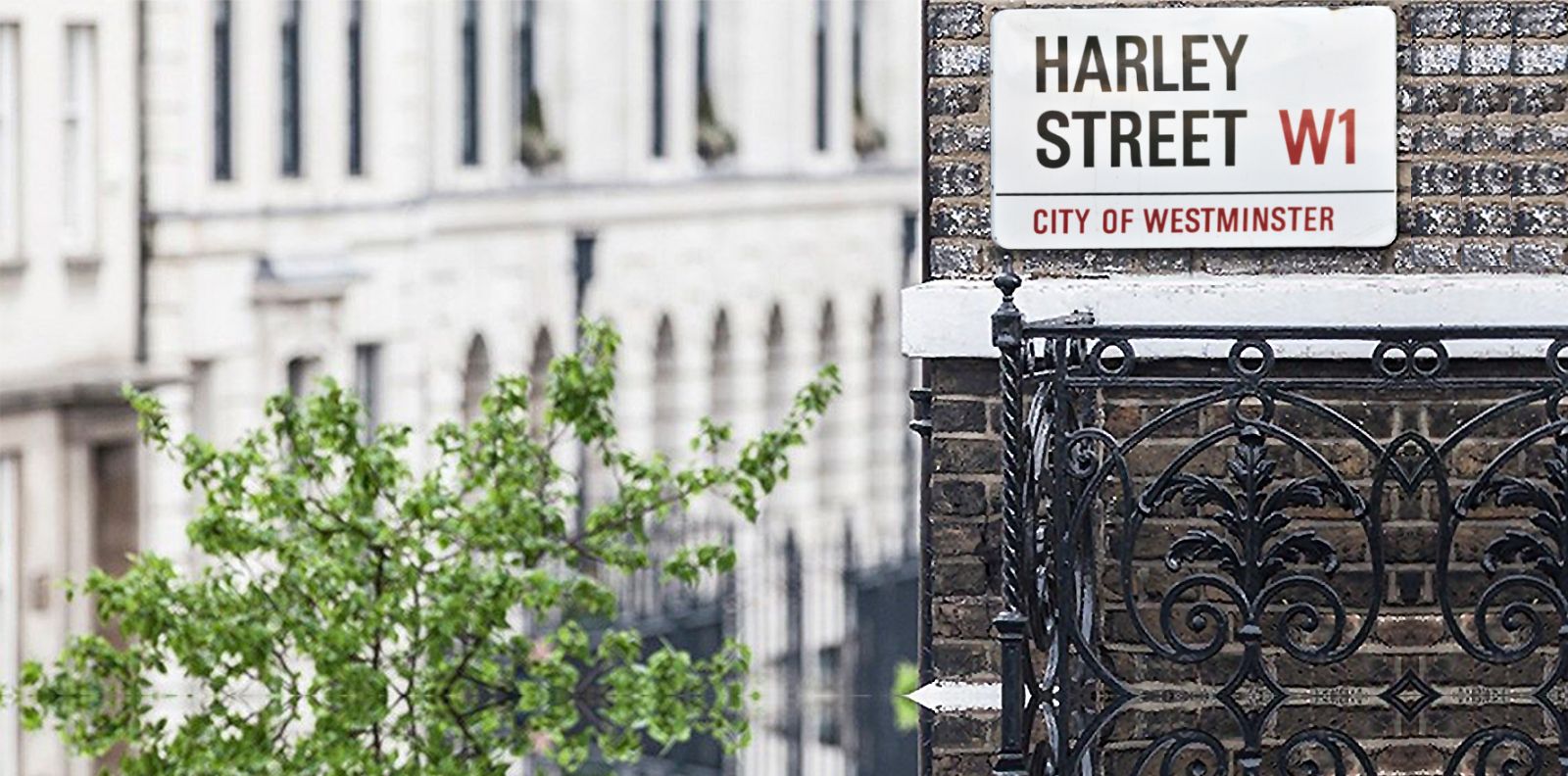
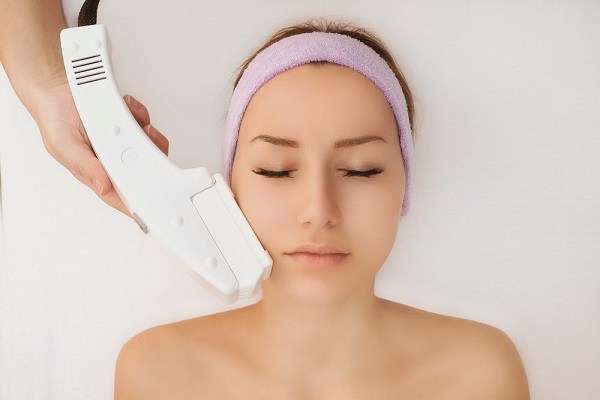
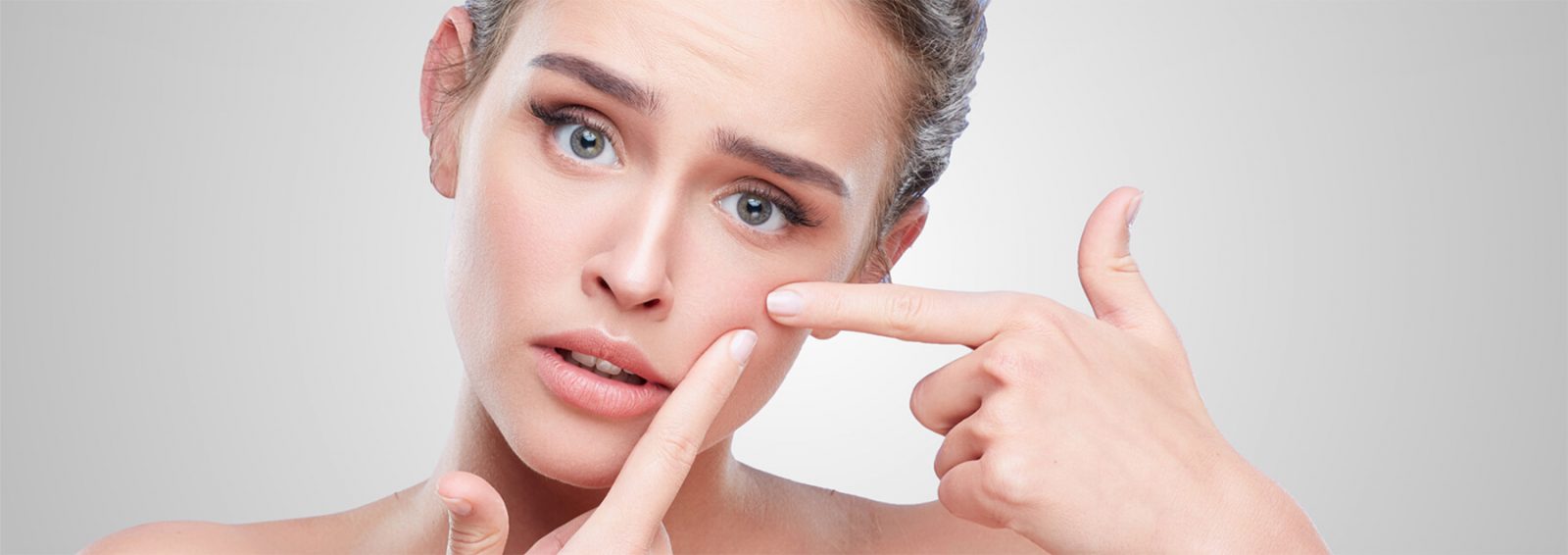
Blind papules and pastules
This type of acne can create soreness and tenderness and is the stage usually beyond a white head. Therefore, there won’t be any pus, but you may notice hardness and redness where there is inflammation. This is caused by the dead skin cells, bacteria and sebum blocking the pores.
Pustules resemble papules, but instead, they are filled with pus. They can still be painful and sore, if not more and whenever being considered for extraction, always seek a medical professional.
At-home Treatments: Avoid squeezing, picking or applying drying substances to the papules as this can cause a different inflammatory response and potential scarring. The key to this type of acne is to soothe and calm it. You could visit a dermatologist to apply a cortisone shot to reduce the inflammation.
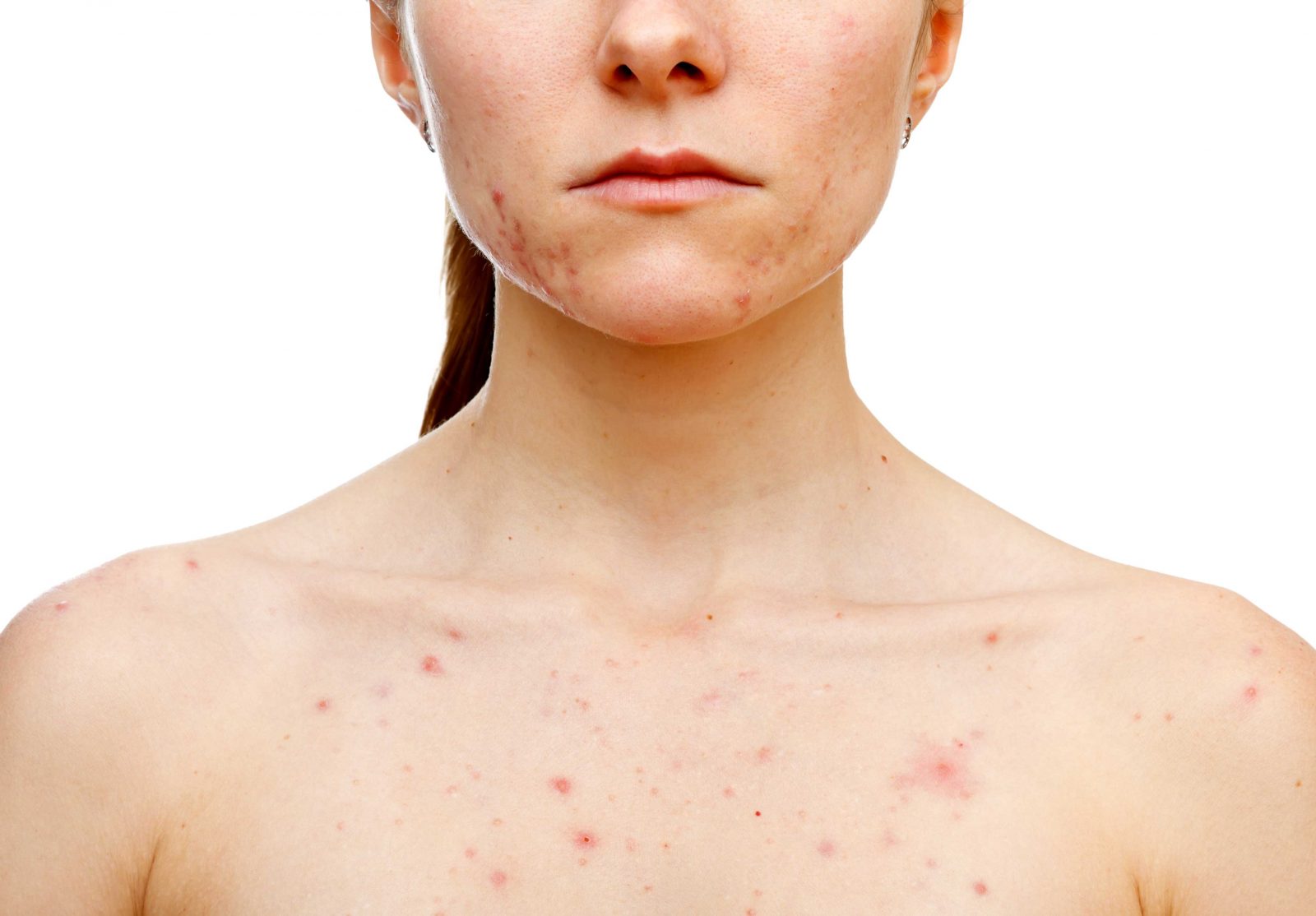
Hormonal acne
Women often find they get zits around the time of their period due to the fluctuations in hormones. This type of acne usually appears on the chin and neck area. Additionally, teenagers often suffer from this type of acne though it can often turn cystic at a younger age due to a lack of hygiene and understanding of how to treat it.
Skincare Routine Treatments: Ongoing use of salicylic acid and glycolic acid will help keep the area free of bacteria and help to prevent further outbreaks in the future. In addition, you may benefit from a chemical skin peel to keep oil production under control.
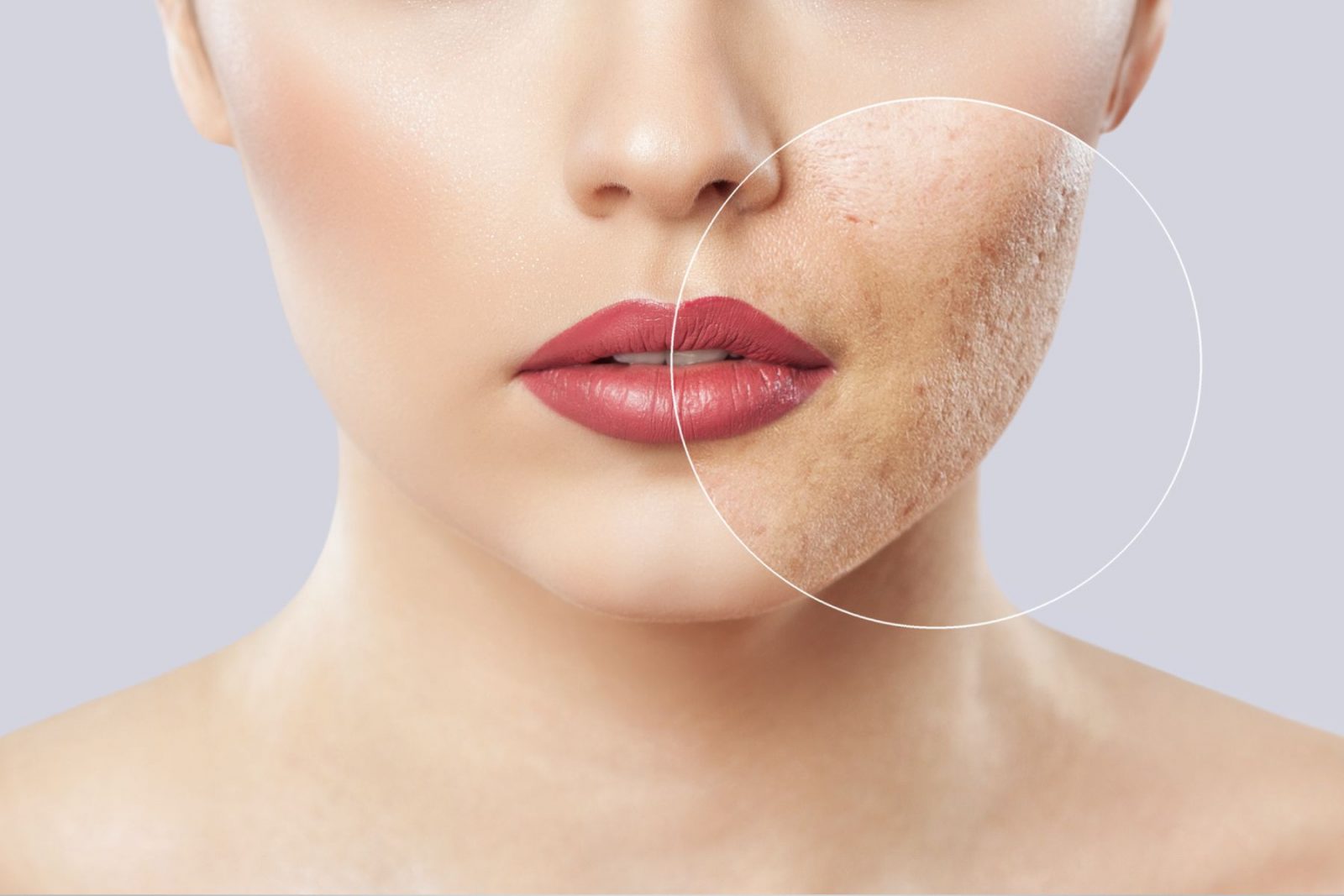
Cystic acne
The most severe type of acne, cystic acne, is often recurrent, very red and inflamed and can involve nodules, cysts and/or acne conglobata. It’s important to get on top of severe acne; if left untreated, you could be left with long-lasting scarring or disfigurement.
At-Home Treatment: Cystic acne may respond well to strong prescription medicines like retinoids or Roaccutane, which shouldn’t be prescribed over the counter but by your trusted practitioner.
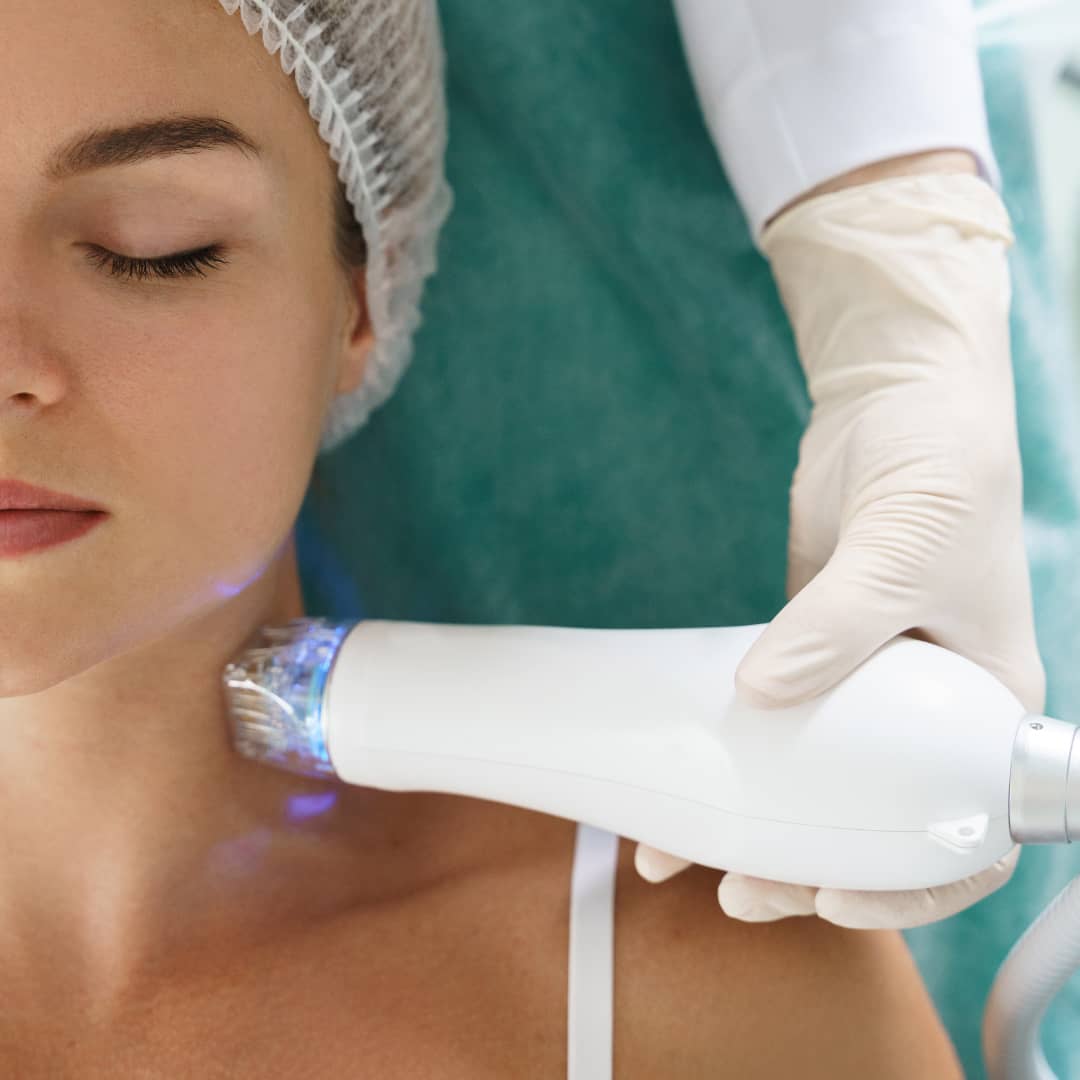
Often combining a robust and focused acne routine that is then complimented with in-clinic treatments is the most effective way of treating and keeping on top of your acne journey to clearer skin. There is no finite treatment for curing acne yet, but a range of advanced options such as Clearskin, Celluma and Potenza is doctor recommended.
ClearSkin: Targeting the three primary sources of acne flare-ups, Clearskin focuses on clearing and reducing excess oils, removing dead skin cells and the bacteria that causes the build-up to begin with. A light wave treatment that also vacuums skin, the laser penetrates the dermis and targets the bacteria within the cell, minimising the initial oil-producing activity. Not to worry about damaging the skin, this laser is non-ablative, working to improve even the severest of cases. Following this, the built-in vacuum technology helps suck out the debris, oils and dead skin within the pores. Due to the laser and exfoliation techniques, the treatment also helps to stimulate collagen production, which helps to improve any acne scarring in the process.
Lightfinity Facial: Treating acne isn’t just a surface-level treatment. It involves improvements of damaged cells and renewing growth. Phototherapy is a new life-enhancing treatment that can breathe new life into your skin with new cells.
Potenza RF Microneedling: Potenza is the latest and most advantageous treatment for improving acne. Combining monopolar and bipolar energy, the treatment focuses on improving long-term scarring and reducing the impact of inflammation around acne. Taking microneedling to the next level will also improve texture and tone.
Please note, all consultations are subject to the applicable consultation change or deposit.
To request a consultation, please complete this form.
To request a non-surgical consultation with our practitioners please complete this form.
Our Patient Advisors are contactable via phone Monday to Friday from the hours of 10:00 – 18:00
